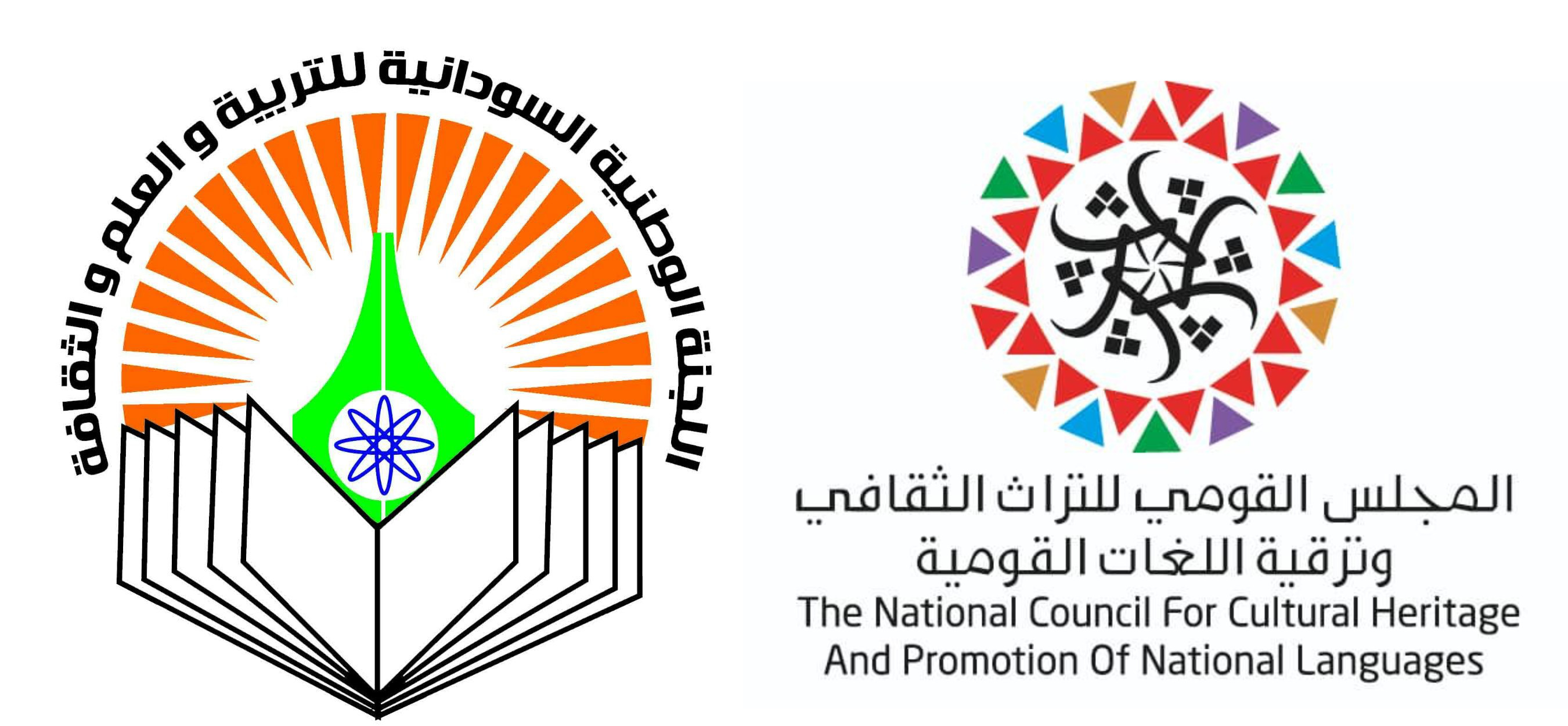The UNESCO Convention for Safeguarding the Intangible Cultural Heritage was adopted in 2003. Today, 180 states have ratified the Convention.
The General Assembly of the States Parties to the Convention is the sovereign body of the Convention. The General Assembly meets in ordinary session every two years and, amongst other things, elects the 24 members of the Intergovernmental Committee for the Safeguarding of the Intangible Cultural Heritage for a term of four years. The core functions of the Intergovernmental Committee for the Safeguarding of the Intangible Cultural Heritage are to promote the objectives of the Convention, provide guidance on best practices and make recommendations on measures for the safeguarding of the intangible cultural heritage. The Committee also examines requests submitted by States Parties for the inscription of intangible heritage on the Lists as well as proposals for programmes and projects. The Committee is also in charge of granting international assistance.
NGOs may request to be accredited by the General Assembly to provide advisory services to the Committee and to participate in the Convention’s implementation at an international level. Accredited NGOS are involved in the evaluation of nominations for the inscription of intangible heritage on the Lists, among other things.
In addition to the National Inventories of Intangible Cultural Heritage for States Parties, The Committee meets annually to evaluate and inscribe new elements on the Convention’s Lists.:
- the Representative List of the Intangible Cultural Heritage of Humanity,
- the Register of Good Safeguarding Practices for programmes, projects and activities for safeguarding the intangible cultural heritage as well as
- the List of Intangible Cultural Heritage in Need of Urgent Safeguarding
The Representative List of Human Intangible Cultural Heritage
The Representative List primarily serves to highlight living traditions, whereby the elements entered act as representative examples of intangible cultural heritage. The elements are equally significant and the list does not serve as a qualitative assessment. Assessment and inscription on this list should primarly be regarded as a means of representing the diversity of intangible cultural heritage.
Each State Party can submit traditions to be considered for inscription on the UNESCO lists. The intergovernmental committee shall decide on inclusion through a detailed assessment by an advisory committee. The decision on inclusion is made in November/December of the year following a nomination. The nomination process therefore lasts approx. two years.
The list already includes 463 traditions from all regions of the globe, such as the Spanish Flamenco, the Mongolian Naadamm festival, Iranian carpet knotting, Columbian marimba music and Chinese acupuncture. Austria is represented on the representative lists with falconry (together with 17 other states), the Imst Shrovetide Run (Schemenlaufen), classical horsemanship and the High School of the Spanish Riding School Vienna, European resist block printing and indigo dyeing (together with 4 other states), as well as avalanche risk management (together with Switzerland). The joint submission (together with Greece and Italy) for the tradition of migratory herding (trancehumance) is the latest tradition to be accepted on the representative list (2019).
List of examples of good practice
The Register of Good Safeguarding Practices for maintaining intangible cultural heritage contains a regularly updated selection of international, national and regional measures, programmes and projects, which optimally implement the principles and objectives of the Convention, i.e. maintaining, raising-awareness of and promoting intangible cultural heritage. For example, the list contains: Education in traditional Indonesian Batik techniques (Indonesia), the Centre for Indigenous Art in Veracruz (Mexico), as well as the revitalisation of lime burning craft in Morón de la Frontera (Spain). The goal is to promote sustainable practice in maintaining intangible cultural heritage and to encourage international cooperation.
On 1 December 2016, the Intergovernmental Committee on Safeguarding Intangible Cultural Heritage held its 11th session in Addis Abeba, Ethopia, where it recommended that the following three Austrian craftsmanship centres should be included on the list: Hand.Werk.Haus Salzkammergut, Textiles Zentrum Haslach and Werkraum Bregenzerwald. All three initiatives aim to maintain traditional Austrian craftsmanship. They set region-specific measures to maintain and creatively pass on traditional craftsmanship and contribute to the improved visibility of intangible cultural heritage.
The List of Intangible Cultural Heritage in Need of Urgent Safeguarding
On the List of Intangible Cultural Heritage in Need of Urgent Safeguarding , the components listed are acutely threatened (e.g. through political repression, crises and natural catastrophes, societal change, globalisation and industrialisation processes) and their protection cannot be guaranteed despite intense efforts by the bearers of the tradition and States Parties.
